Space Image of the Day Gallery (March 2017)
Image of the Day Archives

For older Image of the Day pictures, please visit the Image of the Day archives. Pictured: NGC 2467.
The Terminator
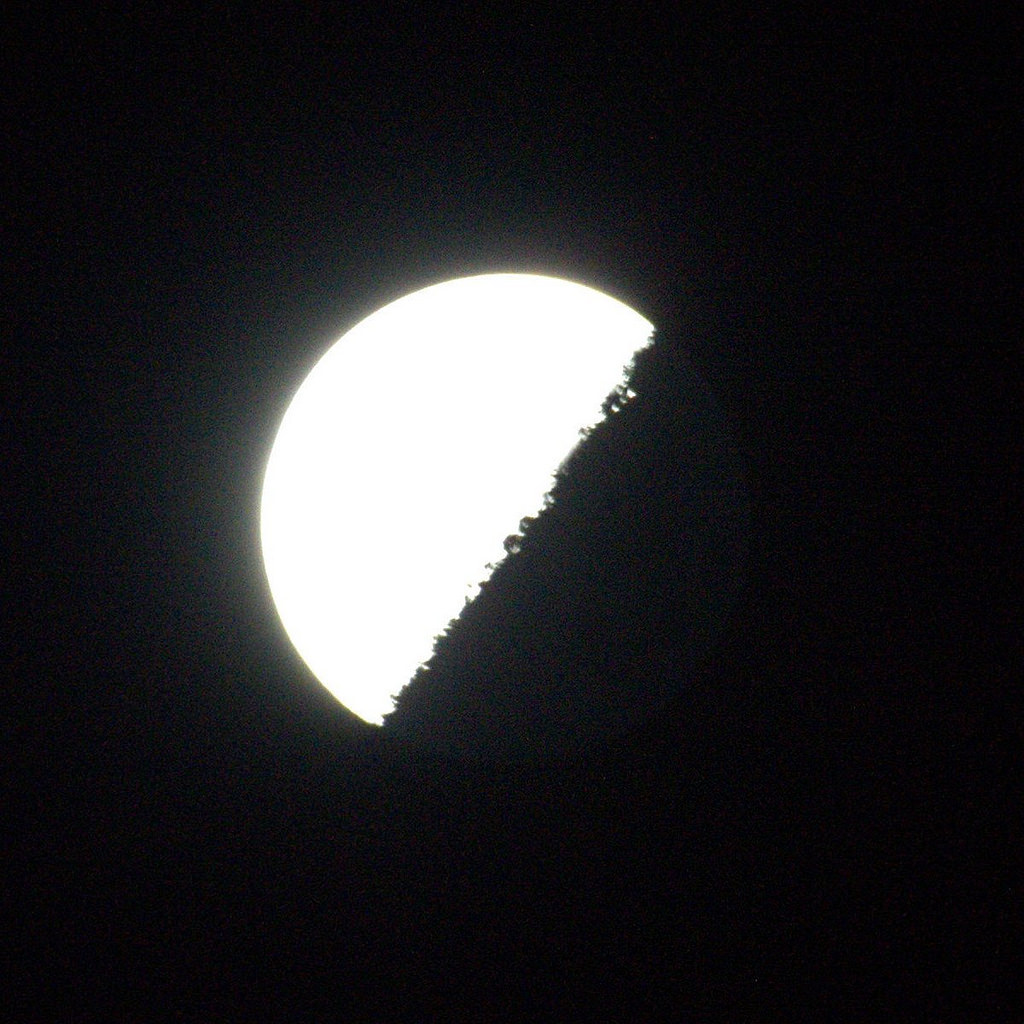
Wednesday, March 1, 2017: NASA astronaut Shane Kimbrough captured this stunning photo of the half moon from the International Space Station on Feb. 20. The moon's battered surface casts a jagged shadow across the moon's terminator line, where several small craters are visible. — Hanneke Weitering
Macarons in Microgravity
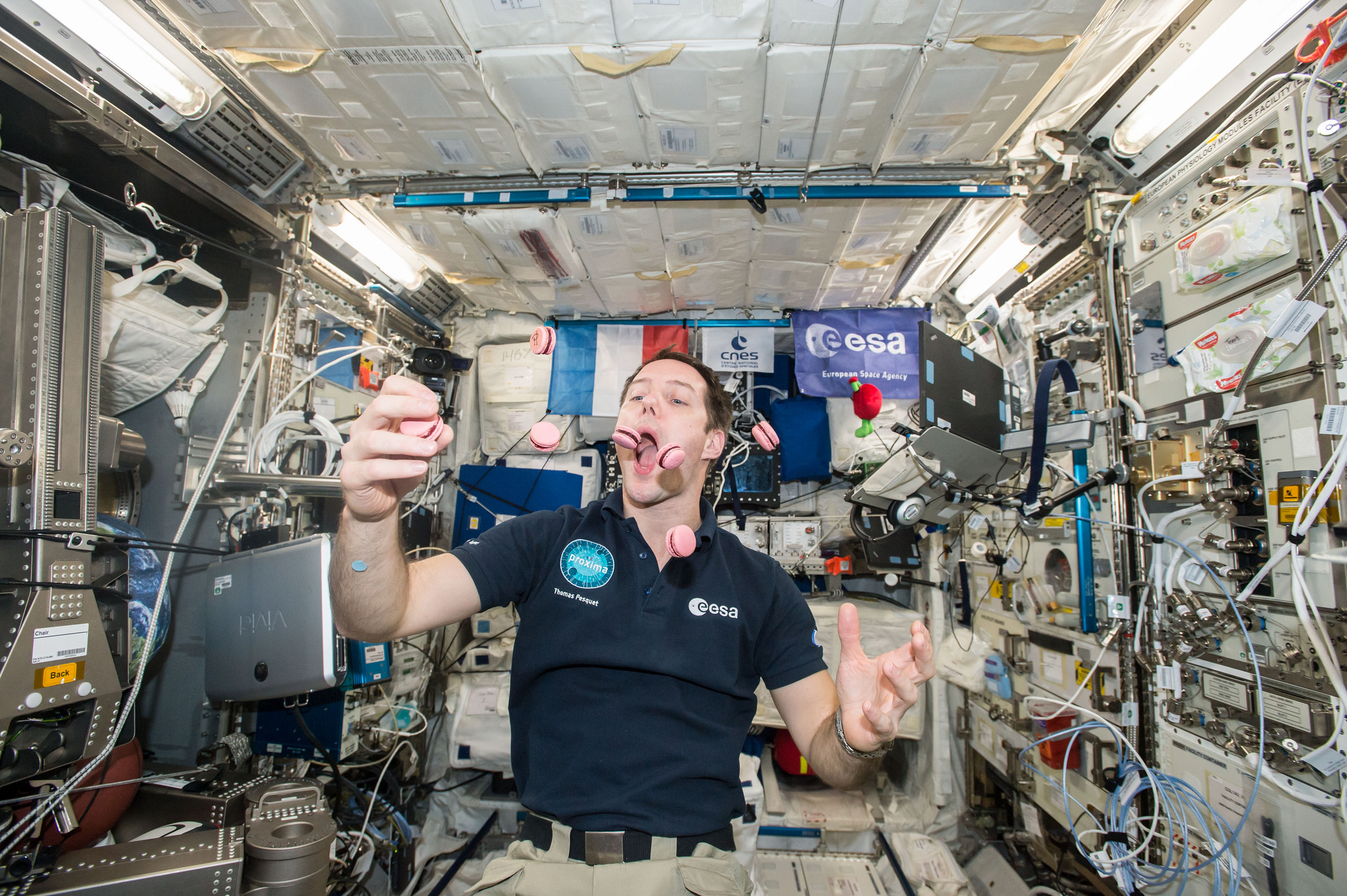
Thursday, March 2, 2017: Astronaut Thomas Pesquet, who celebrated his 39th birthday at the International Space Station on Monday (Feb. 27), chows down on some French macarons that arrived on SpaceX's Dragon cargo craft on Feb. 23. — Hanneke Weitering
Craters Survive Martian 'Mega-Flood'
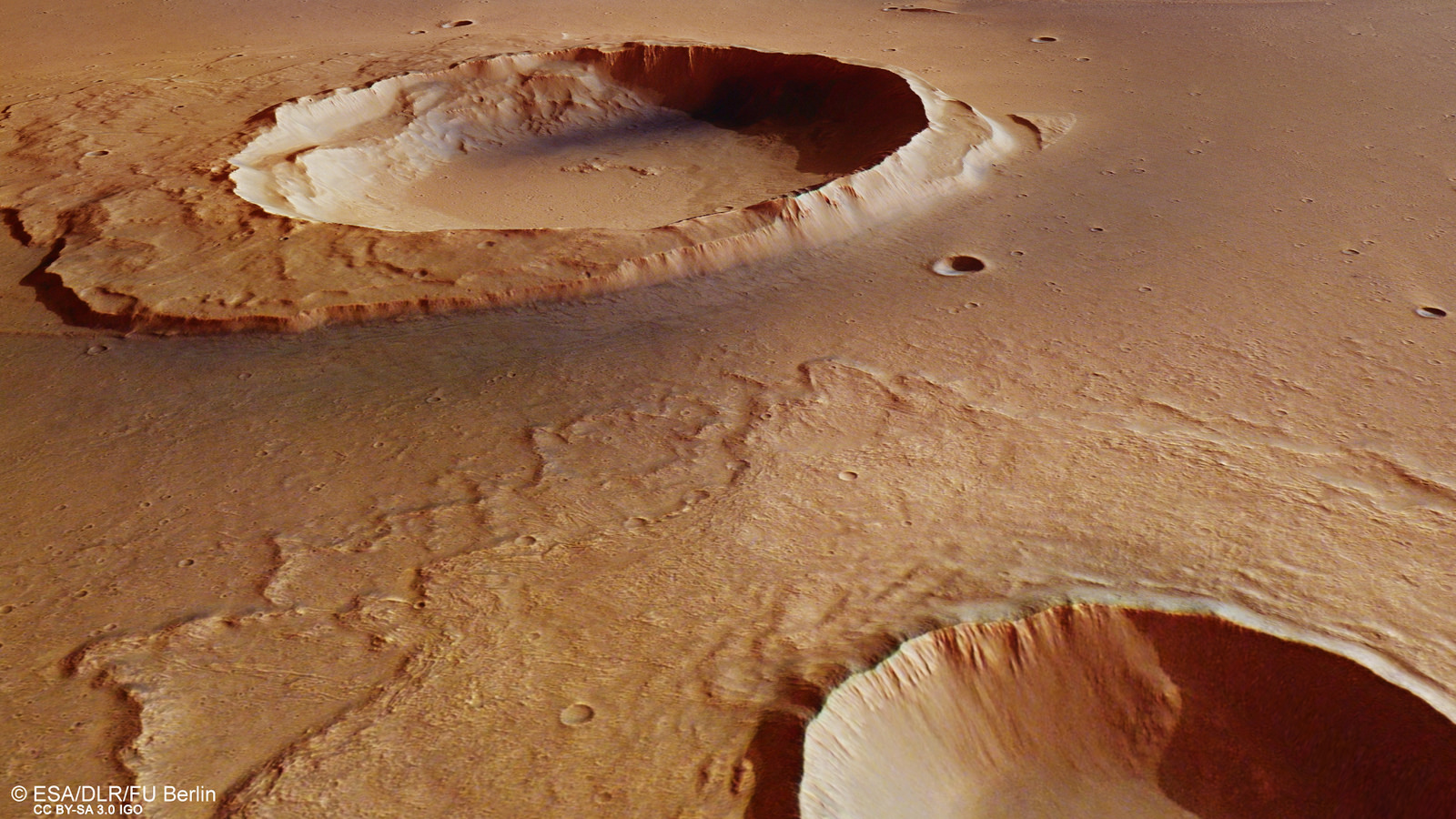
Friday, March 3, 2017: A new perspective of the Martian surface reveals the Worcester Crater and an unnamed neighboring crater (bottom right) in stunning detail. These craters lie at the mouth of Kasei Valles, which was drenched with water during a mega-flood 3.6–3.4 billion years ago. Floodwater eroded much of the craters' outer rims. The image was created using data from the high-resolution stereo camera on European Space Agency's Mars Express orbiter. — Hanneke Weitering
Partial Eclipse Seen by Satellite
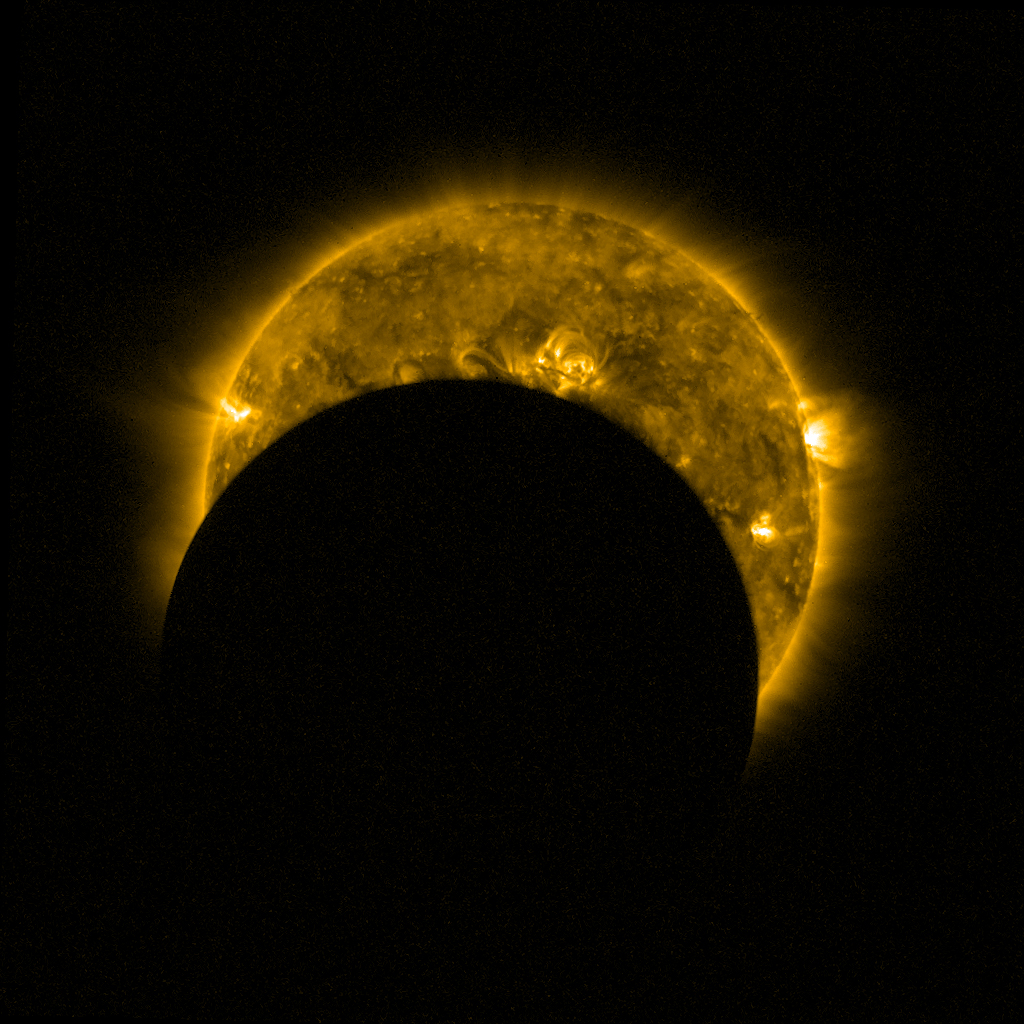
Monday, March 6, 2017: The European Space Agency's Proba-2 satellite captured a partial solar eclipse from space on Feb. 26. Meanwhile, observers in Earth's southern hemisphere enjoyed an annular solar eclipse, in which the moon blocked the sun and created a "ring of fire" in the sky. From Proba-2's point of view, the moon crossed the sun off-center and appeared to take a bite out of its shining face. This image was taken by Proba-2's SWAP imager, which observes the sun in ultraviolet light to capture its turbulent surface and its swirling corona. — Hanneke Weitering
Liftoff!

Tuesday, March 7, 2017: A Vega rocket carrying the European Space Agency's Sentinel-2B satellite blasted off from Korou, French Guiana yesterday at 8:49 p.m. EST (10:49 p.m. local time) in a gorgeous nighttime launch. The Earth-observing satellite and its counterpart, Sentinel-2A, will monitor the environment and provide information "for agricultural and forestry practices and for helping manage food security," ESA officials said in a statement. — Hanneke Weitering
Supernova 1987A
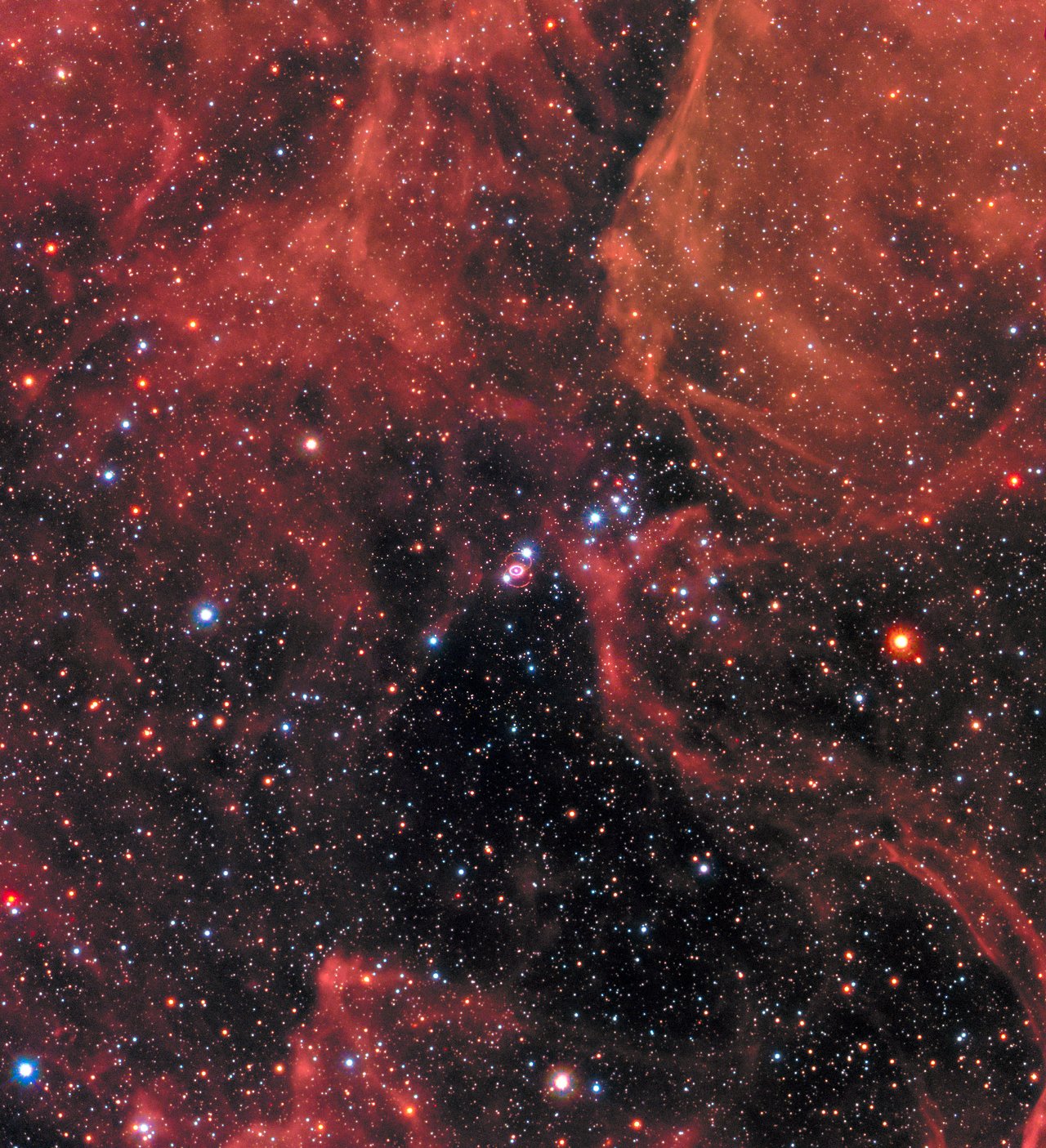
Wednesday, March 8, 2017: The Hubble Space Telescope has been observing this bright supernova — the remains of a star that exploded — for the last 30 years. This image of Supernova 1987A surrounded by clouds of hydrogen gas was captured in January. Over the years, a brilliant ring of stardust has expanded around the stellar remnant, but that stardust didn't come from the explosion. Before going supernova, the dying star sporadically spewed out this stellar material, which was then blown outward by stellar wind. — Hanneke Weitering
Get the Space.com Newsletter
Breaking space news, the latest updates on rocket launches, skywatching events and more!
Galactic Neighbors Keep in Touch
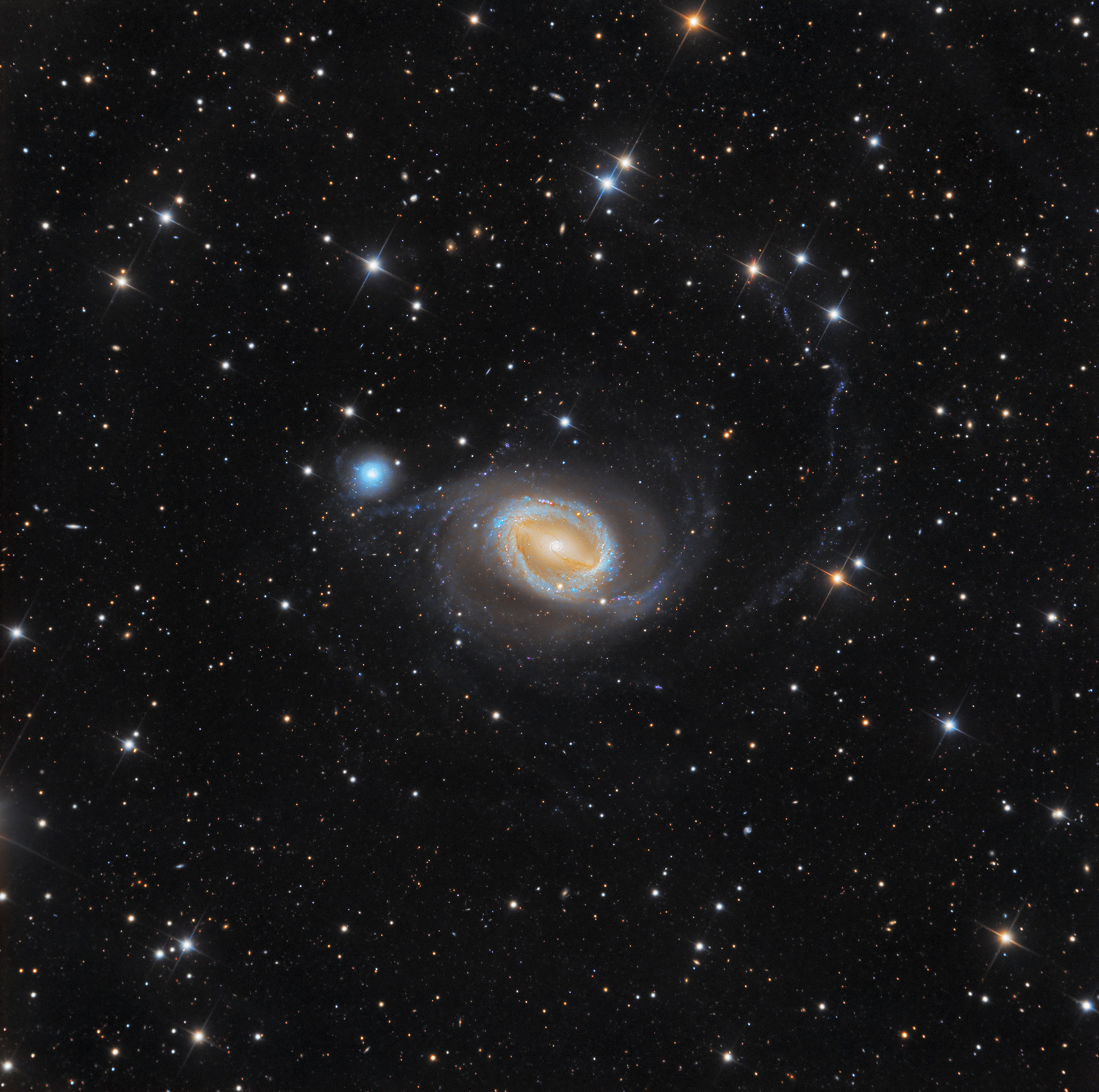
Thursday, March 9, 2017: The large, barred spiral galaxy NGC 1512 has a little galactic neighbor named NGC 1510 that is causing its spiral arms to warp. "The larger 1512 has a double ring structure, with one set of arms surrounding the nucleus, the other dimmer and much further out to the right," Warren Keller of the Star Shadows Observatory in Chile wrote in a description. "The gravitational interaction with 'little' NGC 1510 is responsible for this warping and is particularly apparent in the bridge between the two galaxies." — Hanneke Weitering
Saturn's Ravioli Moon
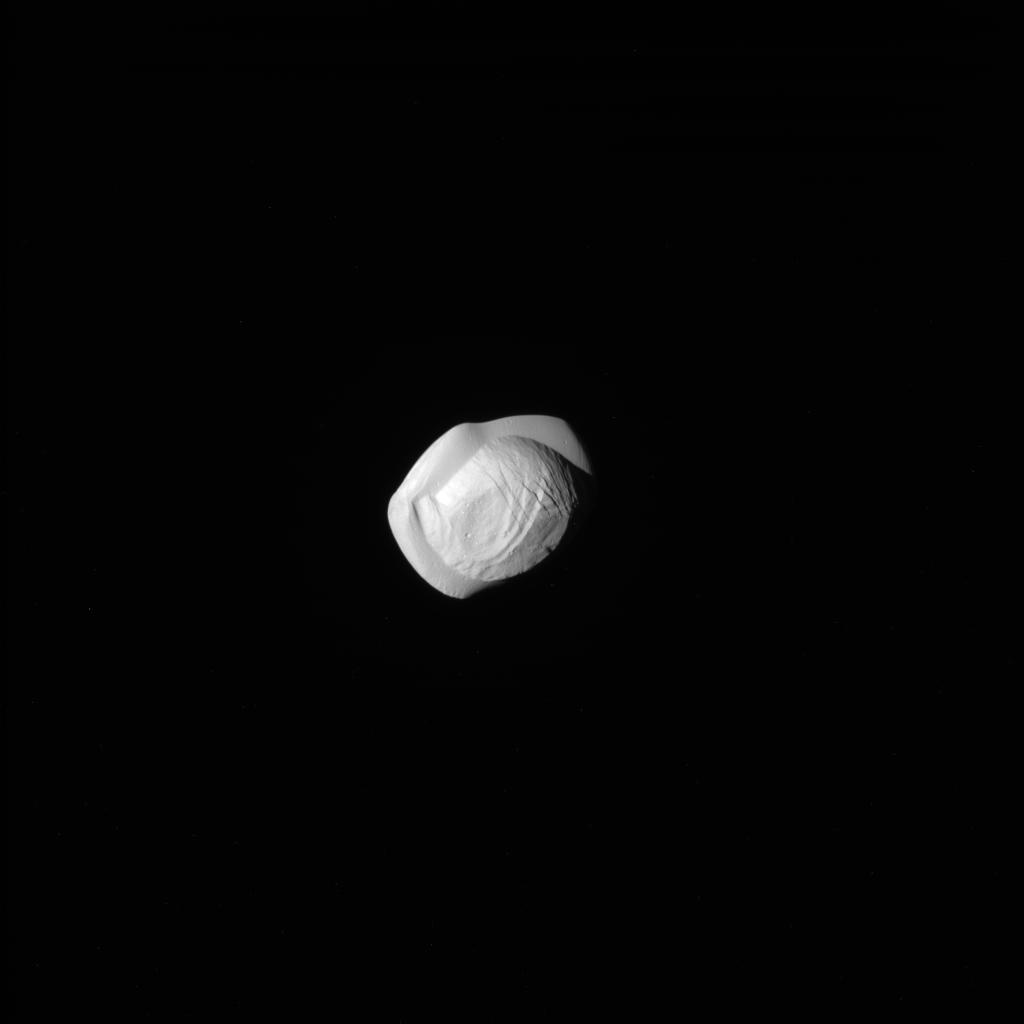
Friday, March 10, 2017: Saturn's moon Pan resembles a frozen ravioli in this new image from NASA's Cassini spacecraft. Pan is about the size of New York City and is the innermost known moon orbiting Saturn. Cassini flew within 15,268 miles (24,572 kilometers) of the strangely-shaped moon on Tuesday (March 7) and captured the closest images of the satellite to date. — Hanneke Weitering
Home of a Hypergiant
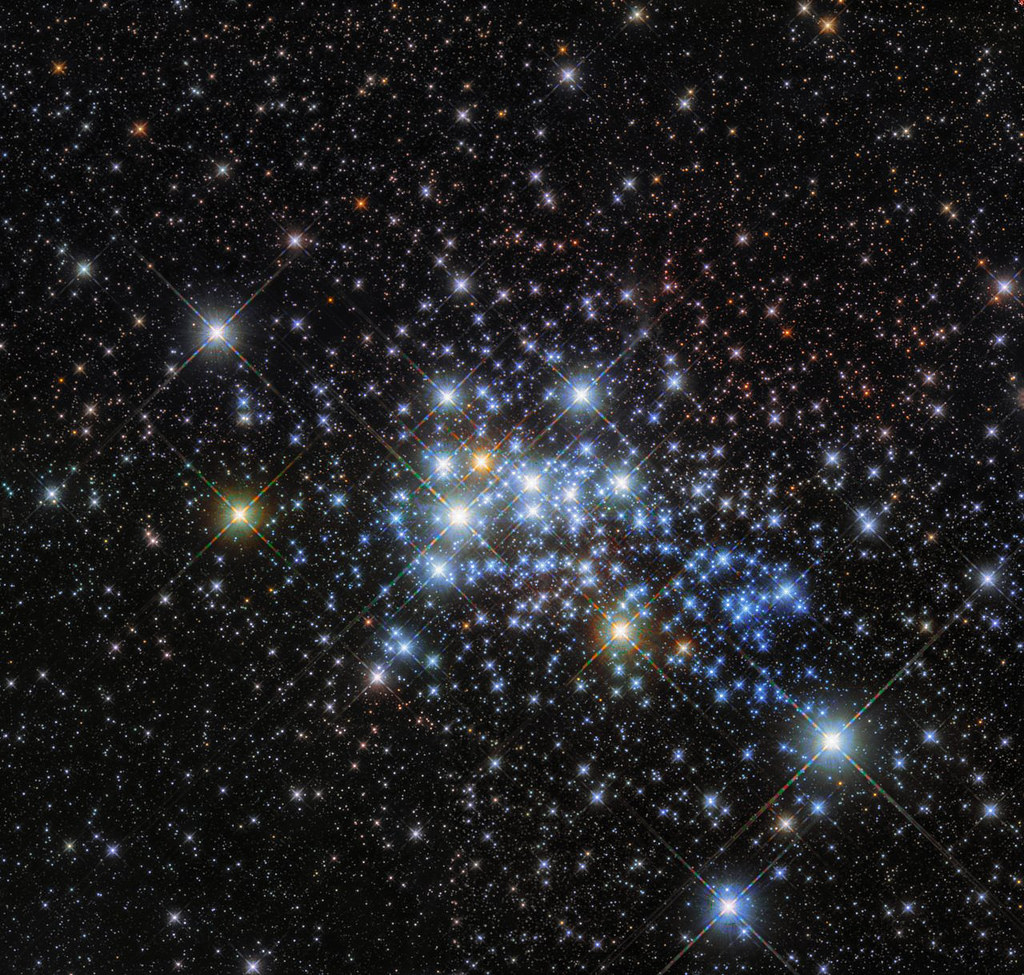
Monday, March 13, 2017: One of the largest stars ever discovered lies in a supercluster named Westerlund 1. The Hubble Space Telescope captured this image of the star cluster, which lies about 15,000 light-years away in the Milky Way. Westerlund 1-26, the ginormous star, is a red supergiant 1,500 times as large as the sun. It is sometimes also classified as a hypergiant. If it were at the center of our solar system, the star would engulf Jupiter. — Hanneke Weitering
Snow Clouds Seen from Space
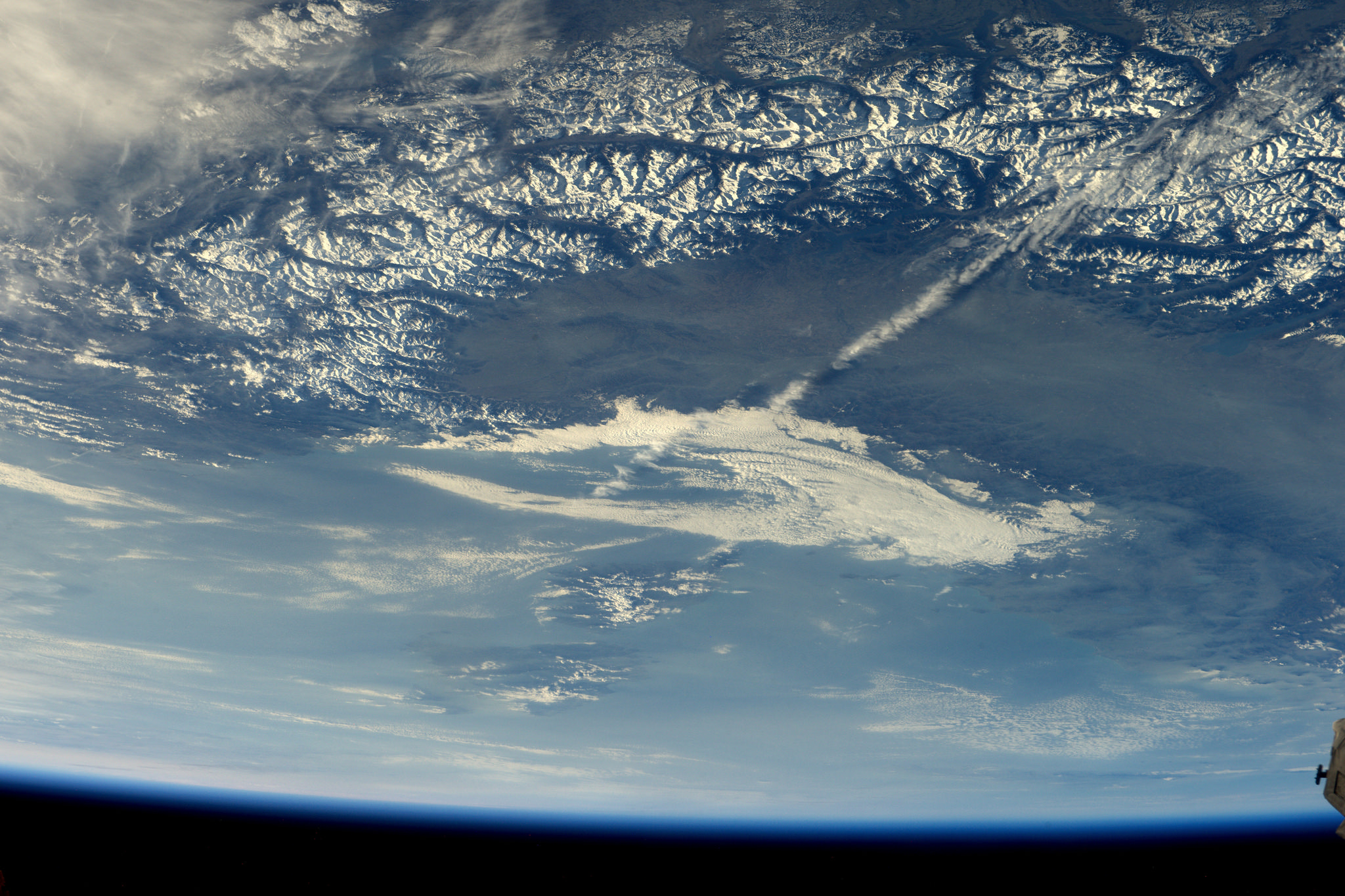
Tuesday, March 14, 2017: Astronaut Thomas Pesquet captured these snow clouds over the Alps from the International Space Station in February. "A depression over the south of the #Alps spotted a few weeks ago," Pesquet tweeted today. "This predicts snow under 1,500 [meters]." — Hanneke Weitering
Join our Space Forums to keep talking space on the latest missions, night sky and more! And if you have a news tip, correction or comment, let us know at: community@space.com.

Space.com is the premier source of space exploration, innovation and astronomy news, chronicling (and celebrating) humanity's ongoing expansion across the final frontier. Originally founded in 1999, Space.com is, and always has been, the passion of writers and editors who are space fans and also trained journalists. Our current news team consists of Editor-in-Chief Tariq Malik; Editor Hanneke Weitering, Senior Space Writer Mike Wall; Senior Writer Meghan Bartels; Senior Writer Chelsea Gohd, Senior Writer Tereza Pultarova and Staff Writer Alexander Cox, focusing on e-commerce. Senior Producer Steve Spaleta oversees our space videos, with Diana Whitcroft as our Social Media Editor.









